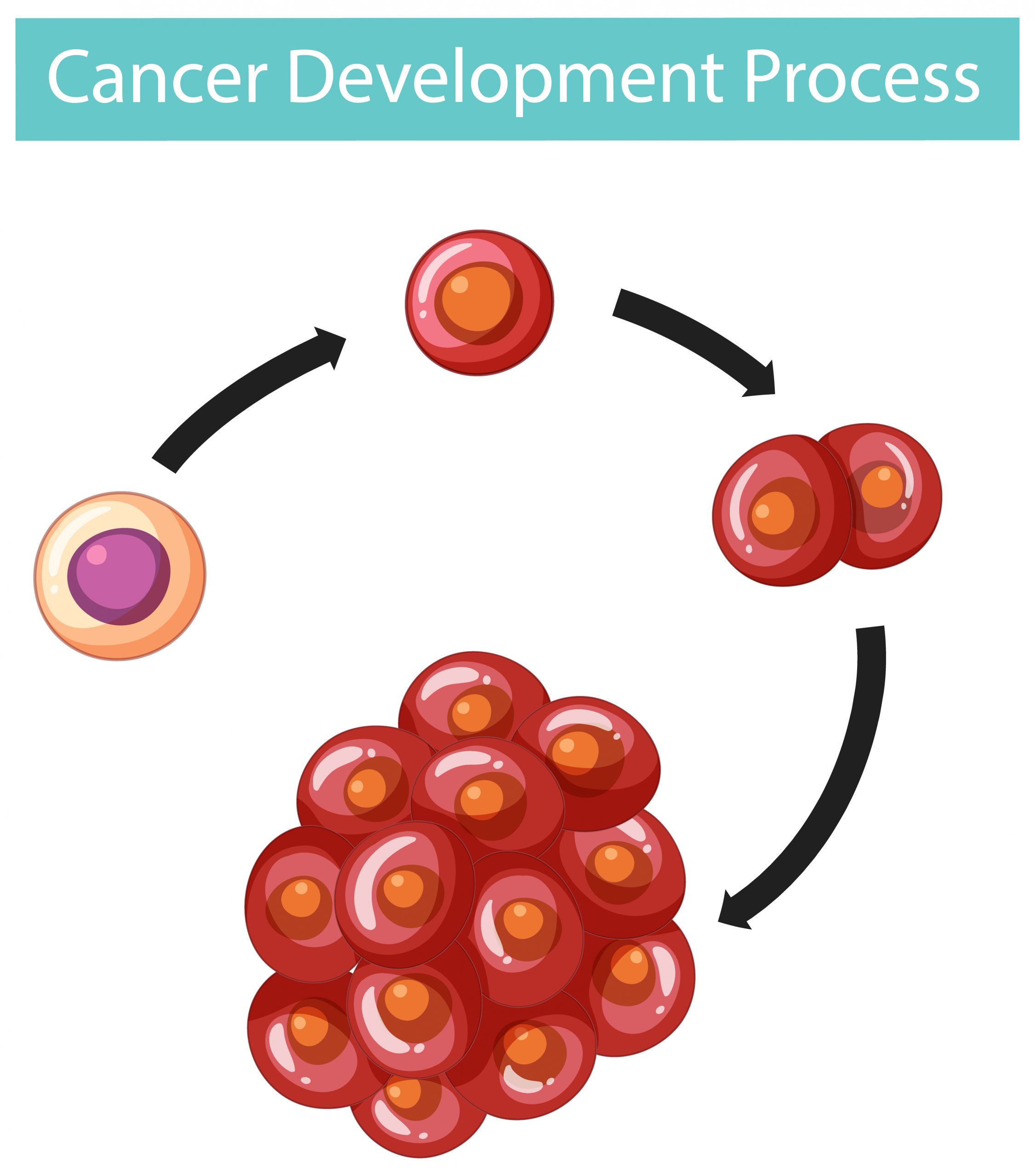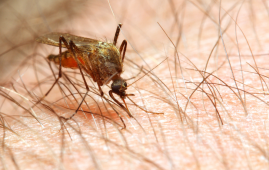

Researchers at VCU Massey Cancer Center have discovered a previously unidentified protein interaction that gives tumor cells energy and has important implications for the creation of potential colon cancer treatments, according to study results published in Cell Reports.
“This study is really exciting because we may be able to use these findings to inform the development of an entirely new cancer drug right here at Massey,” said study author Can Senkal, Ph.D., a member of the Cancer Biology research program at Massey and an assistant professor in the Department of Biochemistry and Molecular Biology at the VCU School of Medicine.
Ceramides are a group of fatty molecules that may hold the solution. Numerous essential cellular processes are regulated by ceramides, and many cancer treatments promote their production to stave against sickness. Ceramide production must be stopped in order for cancer cells to survive and develop more effectively.
Senkal and his team started thoroughly examining cells in the lab to determine what proteins interact with ceramide-producing proteins on a daily basis in order to spot probable trends that would call for additional research.
The ceramide-producing enzymes, known as ceramide synthases, are available in a variety pack with six distinct flavors: 1-6 ceramide synthase.
The first taste, ceramide synthase 1 (CerS1), was shown to have a strong interaction with a specific protein called heat shock protein 27 (Hsp27), according to Senkal’s study team. Heat shock proteins work as chaperones, preserving the complete functionality of other proteins. However, an excess of them might tip the balance and prevent ceramide synthases from doing their job.
Senkal and his team wondered whether the absence of one was related to the presence of the other after observing that Hsp27 activity was higher in many colon cancer cells while CerS1 activity was noticeably lower.
“There is this yin-yang kind of relationship, which gave us the idea to follow it,” Senkal said. “Hsp27 is like the bad guy holding back the good guy, CerS1.”
Through their research, scientists were able to pinpoint a particular molecular mechanism through which Hsp27 interacted with and suppressed CerS1 in colon cancer cells. The researchers confirmed the decreased presence of Hsp27 led to a greater reactivation of CerS1, which in turn drove a reduction in mitochondrial function by purposefully inhibiting Hsp27 activity in these cells.
“Cancer cells rely on mitochondria to have the energy to multiply. Without it, the cancer cells can no longer sustain the amount of energy they need and die,” Senkal said.
They were effectively able to reactivate the biological hand that might cut off the power source associated with the tumour by preventing the activity of these heat shock proteins, according to Senkal.
As a result of this discovery, the study’s authors hypothesized that Hsp27 would be a key target in the development of cutting-edge colon cancer treatments.
“We can really go after these protein-protein interactions and precisely reactivate certain enzymes while we don’t touch others,” Senkal said.
These conclusions are the outcome of Senkal and his team’s ten years of research in a field that, as he pointed out, isn’t actually being studied by anyone else.
Senkal is aware that this won’t happen quickly, but she intends to work with other Massey researchers in the long run to incorporate these discoveries into the creation of novel drugs used internally at the cancer center.
They intend to extend the scope of this research to other solid tumors, such as lung, pancreatic, and prostate cancers, where the overexpression of Hsp27 has been noted, despite the fact that the results of this study in colon cancer were favorable.
“We hope to demonstrate this connection in other tumors as well, which might better represent the patient population in Massey’s catchment area,” Senkal said.
Rowan Boyd, Sachin Kempelingaiah, Saurav Majumder, Grace Mavodza, Johnny Stiban, and Alexandra Straus from the VCU School of Medicine, as well as Yusuf Hannun, Lina Obeid, and Varun Reddy from Stony Brook University, are the study’s collaborators.
more recommended stories
 How Soybean Oil Impacts Weight Gain and Metabolism
How Soybean Oil Impacts Weight Gain and MetabolismWhy Soybean Oil May Affect Metabolism.
 New Malaria Prevention Insights From African Biostatistics
New Malaria Prevention Insights From African BiostatisticsHow New Data Is Reframing Malaria.
 Coffee and Cognitive Function: Evidence Review
Coffee and Cognitive Function: Evidence ReviewA new narrative review in Cureus.
 World Summit Outlines Core Principles for Healthy Longevity
World Summit Outlines Core Principles for Healthy LongevityWhy Healthy Longevity Demands a New.
 Colorectal Cancer Screening Rates Low in Adults 45–49
Colorectal Cancer Screening Rates Low in Adults 45–49Recent UCLA research reveals that colorectal.
 Gut Immune Cells and Long-Lasting Antiviral Protection.
Gut Immune Cells and Long-Lasting Antiviral Protection.Breakthrough Findings on How Gut Immune.
 Mild Pancreatic Duct Dilatation Signals Higher Cancer Risk
Mild Pancreatic Duct Dilatation Signals Higher Cancer RiskEarly Structural Changes Offer Critical Clues.
 How the Uterus Senses Force During Labor: New Insights
How the Uterus Senses Force During Labor: New InsightsA new study published in Science.
 Fat-Free Mass and Brain Outcomes in Preterm Babies
Fat-Free Mass and Brain Outcomes in Preterm BabiesEarly Fat-Free Mass May Hold the.
 How Hormones Shape Dopamine-Driven Learning
How Hormones Shape Dopamine-Driven LearningNYU Study on Hormones and Cognitive.

Leave a Comment